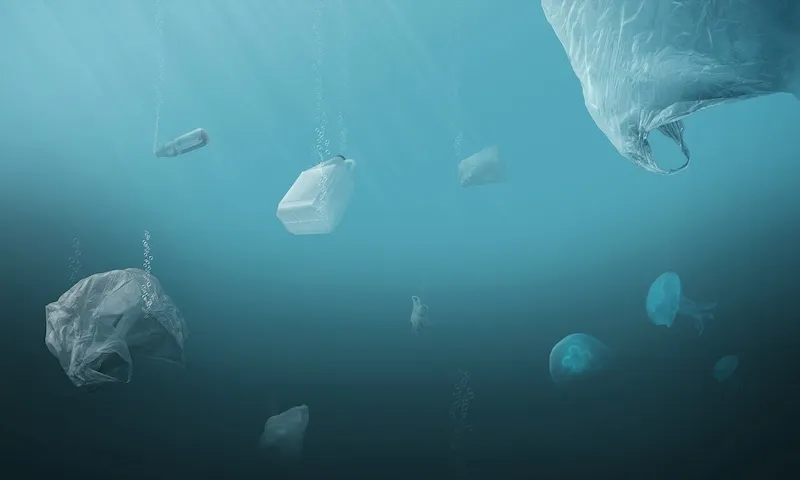
Post Registration
Once you have submitted your Registration dossier, ECHA checks its completeness. Processes have been put in place in order to evaluate the quality of dossiers and be able to analyse all of the information submitted on a given substance.
If you have registered all of your substances before the deadline, you still have to be careful with some elements to ensure you are compliant, even after 31st, May 2018.
What criteria to monitor?
Dossier completeness
On 21st, June 2016, ECHA launched enhanced completeness checks for Registration dossiers that involve both computing and manual checks. Thus, all new dossiers are submitted to these checks but, in order to ensure fairness between new and existing dossiers, the latter will be rechecked.
The IUCLID software – which helps for the preparation of dossiers – also contains an assisting validation tool that can help you establish a completeness check.
Compliance checks
ECHA leads compliance checks on at least 5% of the dossiers it receives for each tonnage band and randomly decides which dossiers to check. Thus, if a dossier is well prepared, answers every problematic in a precise way and provides good supporting documents, there should not be too much to worry about.
As a reminder, in 2016, 91% of the dossiers submitted to compliance checks by ECHA were found to have non-compliances severe enough to require further action and the generation of new information.
The evaluation of the substance
The substances submitted to evaluation are listed on the Community Rolling Action Plan (CoRAP), which is based on risk criteria.
It is also important to note that the process of evaluation of the substance judges all Registration dossiers specific to a substance, and not just the Lead Registrant’s. Thus, unexpected information on Member Registrants’ dossiers can bring about a need for additional information. This underlines the importance of collaborative work and a proactive communication between Registrants during, but also after the REACH submission process.
Request for information and follow-up of the decisions
An evaluation process can entail other requests to get additional information and bridge potential gaps, clarify a situation or make a dossier comply with REACH.
Nonetheless this additional work can lead to extra costs. Thus, it is important to set up agreements between Registrants to ensure a fair distribution of financial costs.
Keep an eye on your annual tonnage band
It is important to make sure that you do not go over the tonnage band in which you registered. This will most certainly imply that Registrants should get in touch with their clients so as to gather data on their usual use, thereby being able to visualise the tonnage band in which they develop.
If it appears that the substance’s tonnage exceeds the one in which it has been registered, you will have to submit an Inquiry dossier to ECHA, in which you underline the data gaps in order to be Registered in a new tonnage band.
It can also be useful to know that, within the European Union, supply at the next tonnage band is possible before a registration upgrade is submitted. This system is much more flexible than other systems in terms of Registration (the Chinese one, for instance).
Keep your dossiers updated
Each dossier should be updated with new information impacting the profile of the substance. Besides, REACH evolve with new sections – included in IUCLID dossiers – which differ from the ones that applied to previous deadlines. Easy does it, then.
Communicate with your supply chain and downstream users
The main platform through which Registrants communicate detailed information on the hazard and risk management of a substance to downstream users is through the Safety Data Sheet (SDS).
Nevertheless, downstream users should communicate with Registrants too, so as to verify the data provided via the SDS or investigate on the way they use a given substance. This communication can reveal a form of use that has not been filled in the Registration dossier. Yet, all uses for a substance must be filled out and proven to be harmless. If a specific use is not specified in the Registration file (due to confidentiality matters or a “niche” use), ECHA should be advised; even if the use is at a volume of less than one tonne per year.
Post Registration
Once you have submitted your Registration dossier, ECHA checks its completeness. Processes have been put in place in order to evaluate the quality of dossiers and be able to analyse all of the information submitted on a given substance.
If you have registered all of your substances before the deadline, you still have to be careful with some elements to ensure you are compliant, even after 31st, May 2018.
What criteria to monitor?
Dossier completeness
On 21st, June 2016, ECHA launched enhanced completeness checks for Registration dossiers that involve both computing and manual checks. Thus, all new dossiers are submitted to these checks but, in order to ensure fairness between new and existing dossiers, the latter will be rechecked.
The IUCLID software – which helps for the preparation of dossiers – also contains an assisting validation tool that can help you establish a completeness check.
Compliance checks
ECHA leads compliance checks on at least 5% of the dossiers it receives for each tonnage band and randomly decides which dossiers to check. Thus, if a dossier is well prepared, answers every problematic in a precise way and provides good supporting documents, there should not be too much to worry about.
As a reminder, in 2016, 91% of the dossiers submitted to compliance checks by ECHA were found to have non-compliances severe enough to require further action and the generation of new information.
The evaluation of the substance
The substances submitted to evaluation are listed on the Community Rolling Action Plan (CoRAP), which is based on risk criteria.
It is also important to note that the process of evaluation of the substance judges all Registration dossiers specific to a substance, and not just the Lead Registrant’s. Thus, unexpected information on Member Registrants’ dossiers can bring about a need for additional information. This underlines the importance of collaborative work and a proactive communication between Registrants during, but also after the REACH submission process.
Request for information and follow-up of the decisions
An evaluation process can entail other requests to get additional information and bridge potential gaps, clarify a situation or make a dossier comply with REACH.
Nonetheless this additional work can lead to extra costs. Thus, it is important to set up agreements between Registrants to ensure a fair distribution of financial costs.
Keep an eye on your annual tonnage band
It is important to make sure that you do not go over the tonnage band in which you registered. This will most certainly imply that Registrants should get in touch with their clients so as to gather data on their usual use, thereby being able to visualise the tonnage band in which they develop.
If it appears that the substance’s tonnage exceeds the one in which it has been registered, you will have to submit an Inquiry dossier to ECHA, in which you underline the data gaps in order to be Registered in a new tonnage band.
It can also be useful to know that, within the European Union, supply at the next tonnage band is possible before a registration upgrade is submitted. This system is much more flexible than other systems in terms of Registration (the Chinese one, for instance).
Keep your dossiers updated
Each dossier should be updated with new information impacting the profile of the substance. Besides, REACH evolve with new sections – included in IUCLID dossiers – which differ from the ones that applied to previous deadlines. Easy does it, then.
Communicate with your supply chain and downstream users
The main platform through which Registrants communicate detailed information on the hazard and risk management of a substance to downstream users is through the Safety Data Sheet (SDS).
Nevertheless, downstream users should communicate with Registrants too, so as to verify the data provided via the SDS or investigate on the way they use a given substance. This communication can reveal a form of use that has not been filled in the Registration dossier. Yet, all uses for a substance must be filled out and proven to be harmless. If a specific use is not specified in the Registration file (due to confidentiality matters or a “niche” use), ECHA should be advised; even if the use is at a volume of less than one tonne per year.







